A Foolproof Guide To African Safari Planning – There is something a little overwhelming and intimidating about African safari planning. However, it really doesn’t have to be. The key is to understand the important questions that you should answer before booking your trip. It doesn’t matter if you decide to try and do your own African safari planning or hire a travel agent to help. You should be aware that every country, National Park, conservatory, reserve, and lodge offers something different from each other.
An African safari is a trip of a lifetime. Most likely, it will be a very challenging one on your budget. Accordingly, you want and should expect this trip to be as “perfect” as it can be. What “perfect” means for one person will be very different from another. So, spend the time and research, ask questions, and make sure that your African safari planning results in one of the best experiences of your life. Do not blindly trust a travel agent, no matter how good, or what your best buddy had to say about their experience. There are just too many variables and too many individual expectations for a one-size-fits-all approach.
My African Safari Experiences
I have had the privilege of going on eight safaris in five African countries over the last 34 years. I have been on safaris in Kenya (1985 and 2019), Botswana (1996), Zambia (2014), Zimbabwe (2014), and South Africa (1996 and 2014). Every time, I have fallen more deeply in love with the country, the people, and the wildlife. And every time, I couldn’t wait to go back.

On paper, my safari experiences have been very different from one another.
- Accommodation: From camping (1985)) to staying in hotels (1996 and 2014) to our own house with private staff (2014 and 2019);
- Transportation: From a truck (1985) to a group bus tour (1996) to self-driving in South Africa (2014) to planes (2014 and 2019);
- Safari style: From an open-air jeep safari (1985, 1996, 2014, and 2019) to a river safari (1996 and 2014), walking safari (2014 and 2019), canoeing safari (2014), to a night safari (2014, 2019), and horseback riding safari (2019).
However, the exhilaration of witnessing these magnificent creatures in their natural habitat is equal no matter how you get there, or where you stay. Nevertheless, the details are important. You want to have the best experiences and create memories that make you smile every time you think about them.
What To Research When African Safari Planning
So how do you figure out where to go, how much you should spend, and how to manage your expectations of what you will find? How do you create your “perfect” experience with your African safari planning?
You ask and research a lot of different things.
- Weather: Africa is huge and weather varies significantly from one coast to another (north to south and east to west). It is essential to understand the weather of the country in the month that you are considering going. Neither animals nor humans like extreme heat or torrential downpours. You need to make sure that the weather is well-suited for animal viewing.
- High Season vs. Low Season: When you go definitely impacts the cost and whether there will be lots of people on the reserves and in the parks. Whether one month is in high season or low season is normally driven by demand. Accordingly, the weeks around Christmas and Easter, and all summer tend to be high season and the most expensive for safaris. If at all possible, it is best to avoid these times. However, for the rest of the year, you might be surprised to find great deals during a time that you wouldn’t normally expect. Do not be too shy to explore this.
- National Parks or Private Reserves: Generally there are two types of game reserves. National parks/reserves are run by governments or local councils, and private game reserves/conservancies are normally owned by a lodge or a group of entities. It is very important to understand what each offers when you are doing your African safari planning.
National Parks/Reserves
Typically, there is no limit to the number of visitors allowed in national parks each day. This means that it can get pretty busy that on game drives, you will likely see other vehicles. In high season, you may even find yourself in a traffic jam as cars jostle for space along a road, waiting for their turn to see the animals that have caught everyone’s attention.
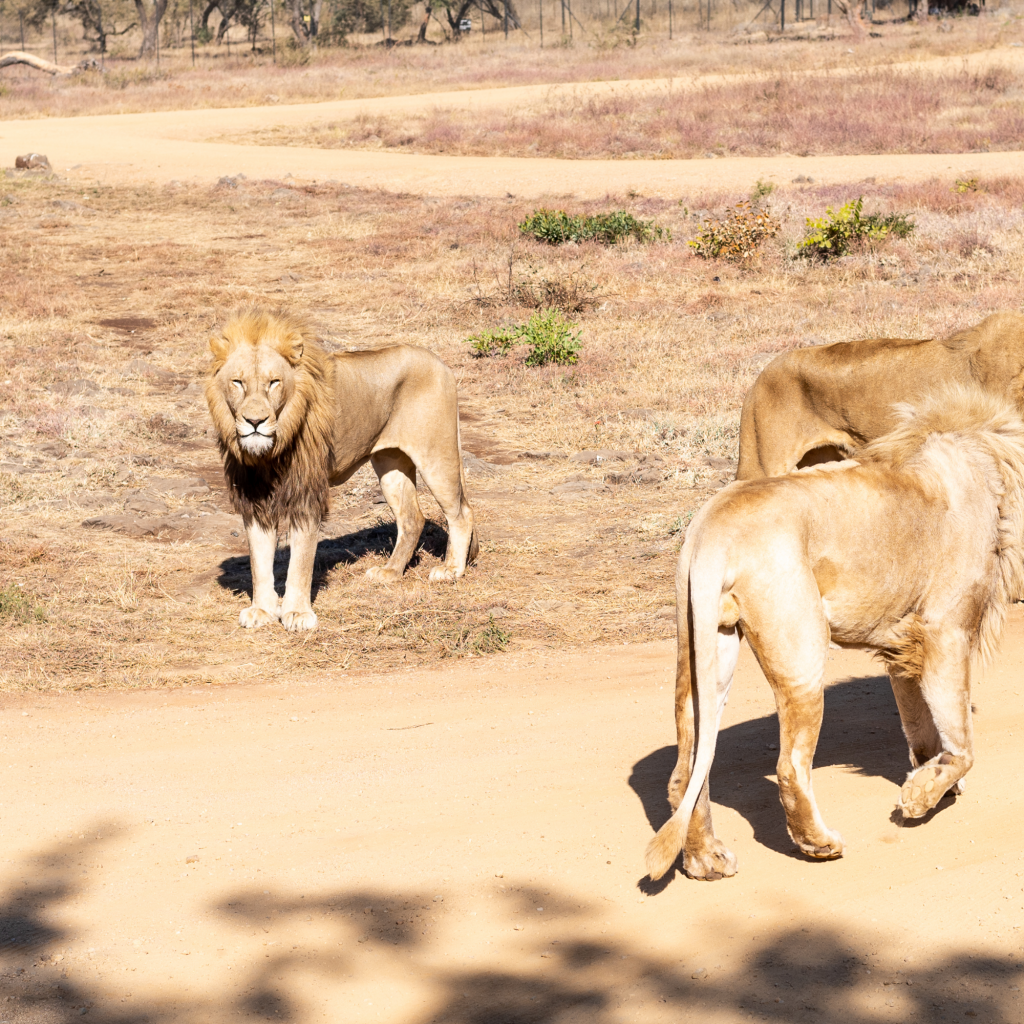
In addition, what you are allowed to do is limited. Normally, visitors must stay on the designated roads and are only allowed in the park during set daylight hours. Further, guests are only allowed game drives. They are not allowed to do other types of activities, such as walking, horseback riding, or night safaris.
Nonetheless, they are less expensive than private reserves because you can manage your own day-to-day costs better. You can book your own accommodation either outside or inside the national park (depending on the park) at a budget that suits you. Then, you can either rent your own car and go on your own safari or you can find a separate tour operator offering one to multi-day safaris in their own open-air vehicle.
Kruger National Park
We did this back in 2014 when we were in South Africa. We rented a car and a private home outside Kruger National Park with the intent to explore the region – not to do a safari as we had safaris planned later in Zambia. However, one day, we decided we wanted to go to Kruger. We decided to hire a safari guide and vehicle instead of doing it on our own so we could relax and enjoy the experience.
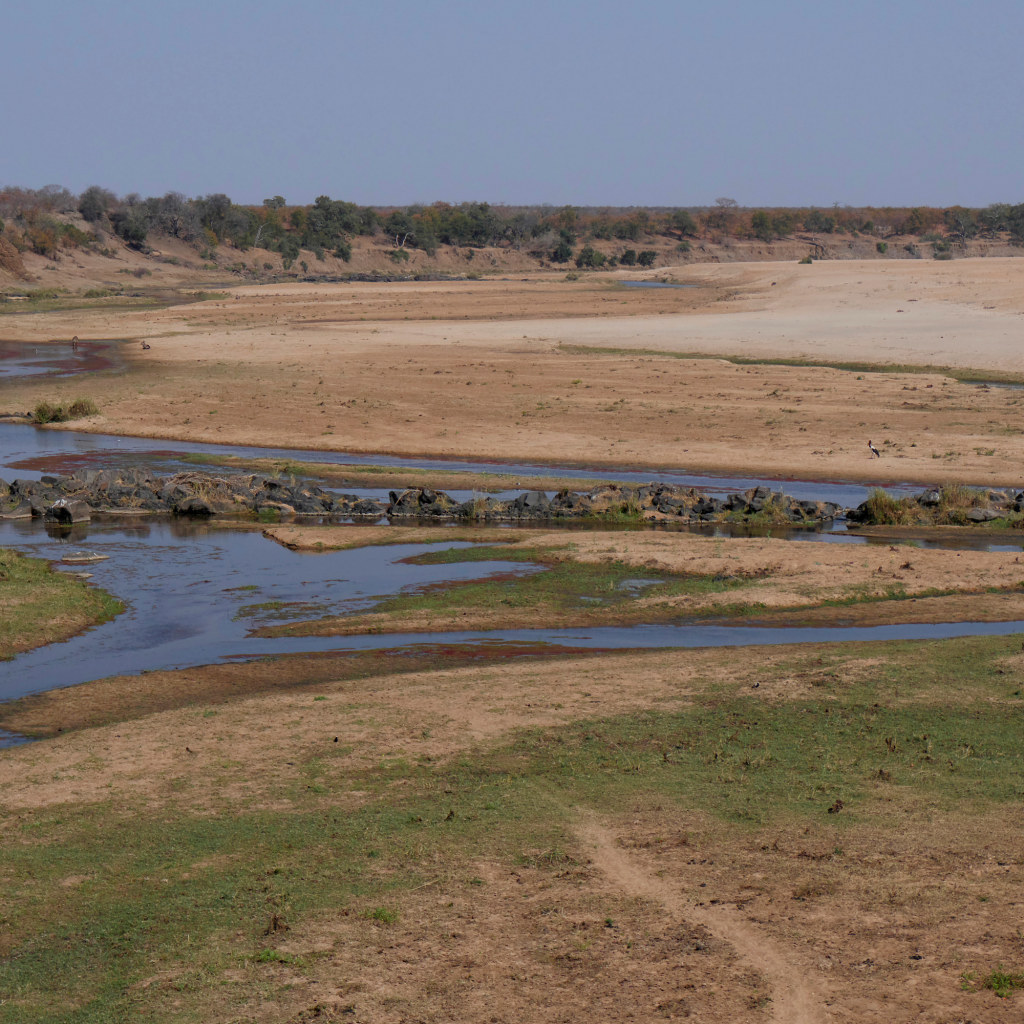
It was great. So easy to organize and very inexpensive when compared to any of our private reserve experiences. For sure it was crowded and I didn’t like the zoo-like feeling of people lining up to see the animals. However, Kruger National park is absolutely huge. We were just on the outskirts because we were only going in for a day. If you have the time, you can spend days heading into the center of Kruger to get a more exclusive experience. Also, there was lots of accommodation offered within the park to suit different budgets.
Private Reserves/Conservancies
Private reserves or conservancies are owned privately – surprise! They offer a more exclusive safari experience where it is possible to escape the crowds.
Only the guests and the employees of the lodge within the private reserve are allowed to use it. Since you are outside the boundaries of national parks or national reserves, the rules governing where and when you can drive are inapplicable. Accordingly, the guides can drive off-road in search of big cats, or do night drives in search of nocturnal animals. In addition, many private reserves offer walking safaris, horseback or camel riding, or biking safaris. These are very unique and special experiences. Unsurprisingly, these private lodges are often very expensive.

Loisaba
We just returned from Elewana Loisaba Tented Camp and Elewana Star Beds, luxury camps on 57,000 acres in the Loisaba Conservancy, a private reserve. The accommodation was unbelievably beautiful and luxurious. The service was impeccable. I will write in more detail about our stay at another time. However, what I want to highlight is that apart from a small campsite located elsewhere on the conservancy, guests at these two camps had the exclusive use of the 57,000 acres. Between the two accommodations, there were only 16 rooms.
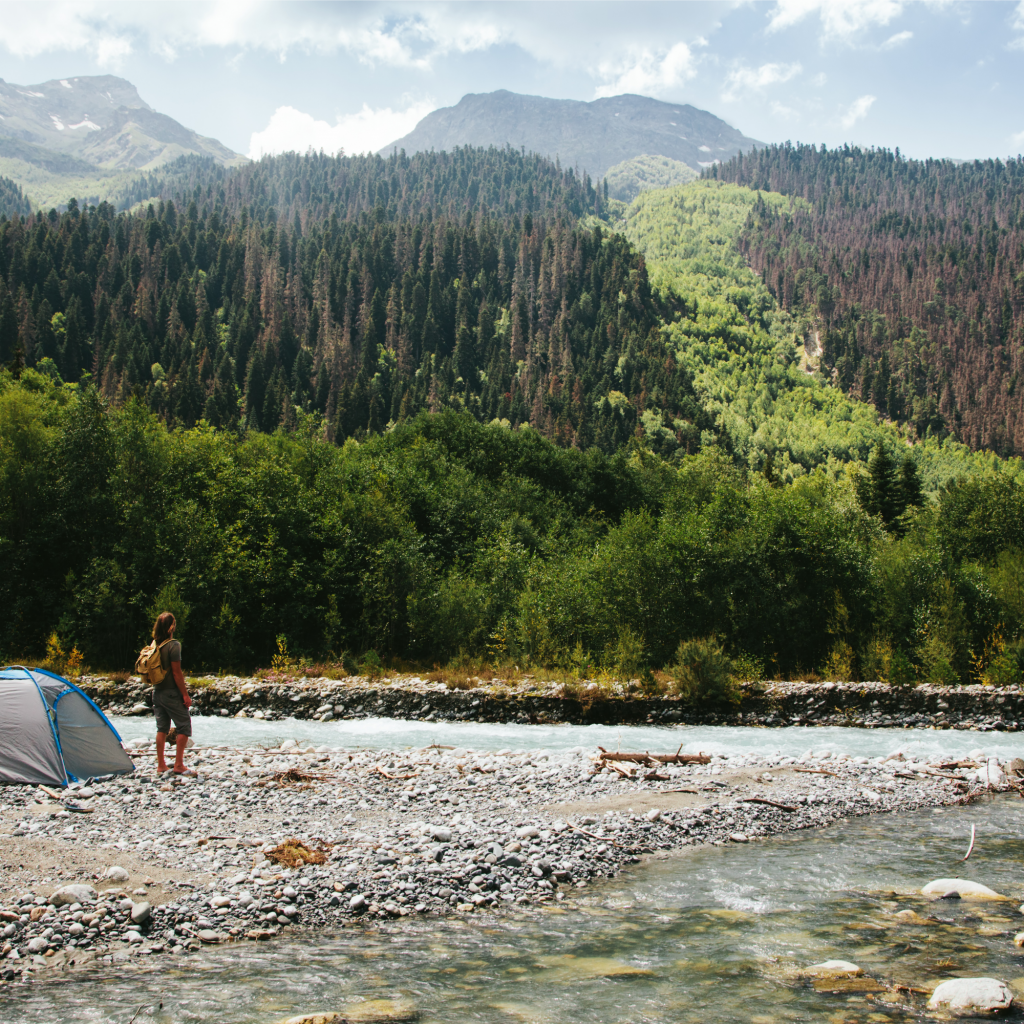
As you can imagine, we didn’t see another soul when we were out on our safaris. It was simply extraordinary to be alone in such a beautiful part of the world, surrounded by animals in their natural habitat. At night, without any light pollution anywhere, the sky was alight with stars and the moon. It was breathtaking and very special.
-
How many lodges with how many beds?: This leads me to another important point of which you should be aware if you are looking into private reserves or conservancies. Just because an area is called private or a conservancy, doesn’t necessarily mean it can’t get crowded. You need to determine how many lodges and more importantly, how many beds are in or have access to the reserve.
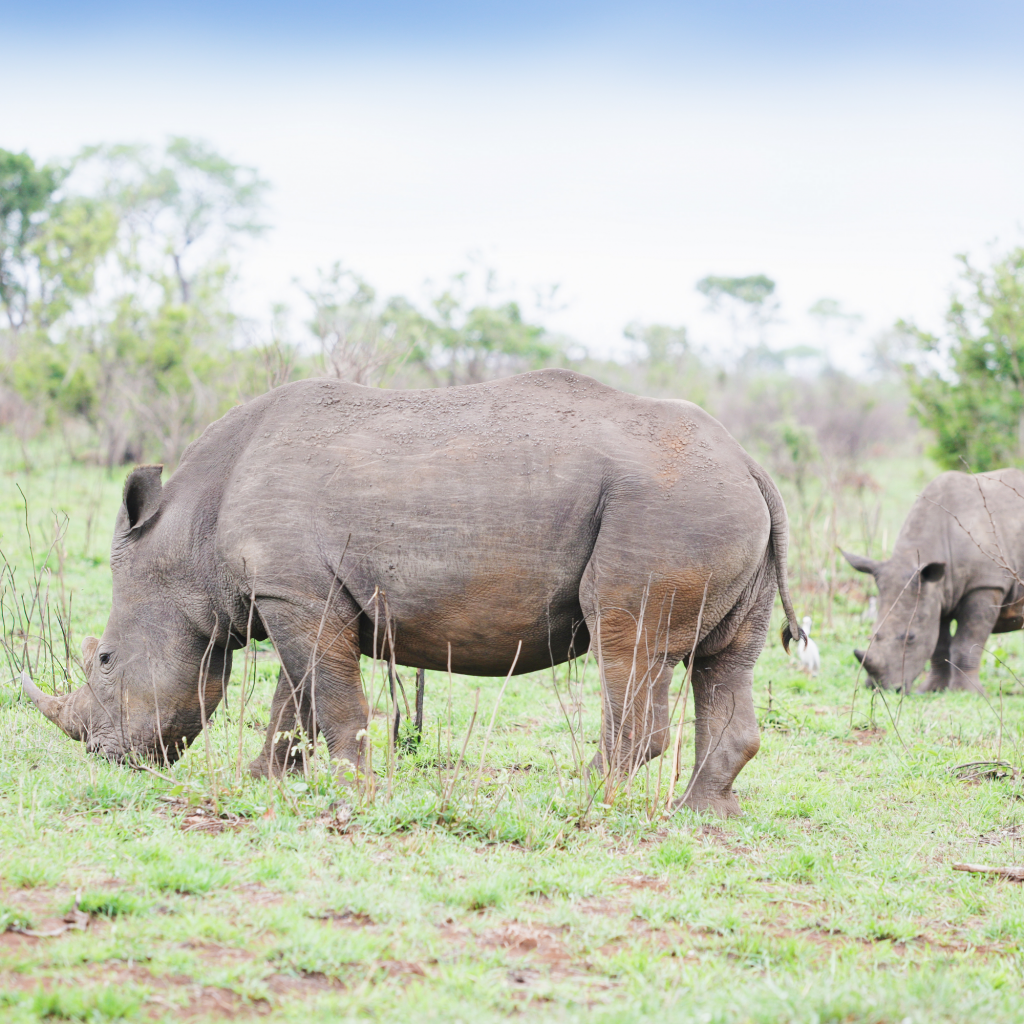
We just returned from the Mara North Conservancy in Kenya, a 61,000 private game reserve. It was March and low season. For the most part, we hardly saw another vehicle. However, a couple of times, in particular when we were following a pride of lions or a couple of cheetahs, 2 or 4 vehicles did show up as well. Even when it was only a couple of vehicles, it kind of ruined the moment. Instead of only being aware of the animals, you are aware of another vehicle and a group of people, often in your line of sight, or maybe with its engines going when you have turned yours off.
We later learned that there are multiple lodges that have access to the Mara North Conservancy. One of which, the Fairmont Mara Safari Club, has 116 beds. I can only imagine how busy this private reserve would be in high season. If you decide to pay extra and usually, quite a lot more, for a private reserve experience, you should make sure that it is going to be worth the cost.
- Activities offered by the private reserves: I have already briefly mentioned that private reserves offer activities that are not offered in national parks. However, not all private reserves offer the same things. We horseback rode, did night safaris, and did a walking safari at Loisaba. They also offered camel and bike riding safaris.
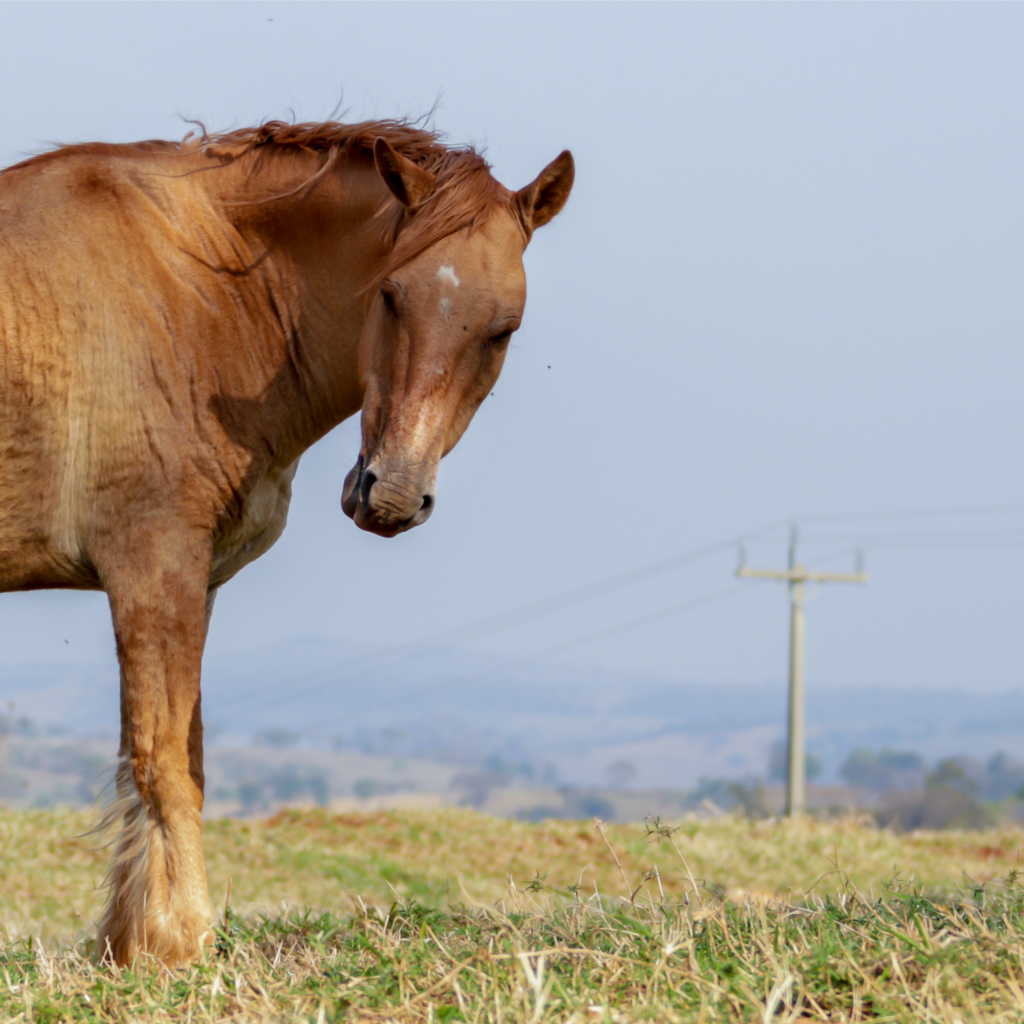
When we were at Chongwe River House in Zambia in 2014, we did river safaris by speed boat and canoe.
In the Mara North Conservancy, the only safari-like activities that were allowed were night and walking safaris.
After experiencing all these different safaris, I would highly recommend choosing a reserve that offers you some of these amazing opportunities. There is nothing quite like walking or horseback riding while being surrounded by wild animals.

- Wildlife: Every country, national park, and private reserve will offer different wildlife. That is why people normally go to two or more locations on safari. When doing your African safari planning, you need to be very mindful of what is rare or missing in the national park or lodge where you are staying, or what is unique. For example, when we were in Loisaba Conservancy in northern Kenya, there weren’t any rhinoceros and we saw only one hippo. Hippos love water and March is the end of the dry season. Accordingly, the rivers were mostly dried up and only small watering holes were left. However, we did see the endangered Grevy zebras, which are only located in northern Kenya and southern Ethiopia, and the striped hyenas, another rare find.
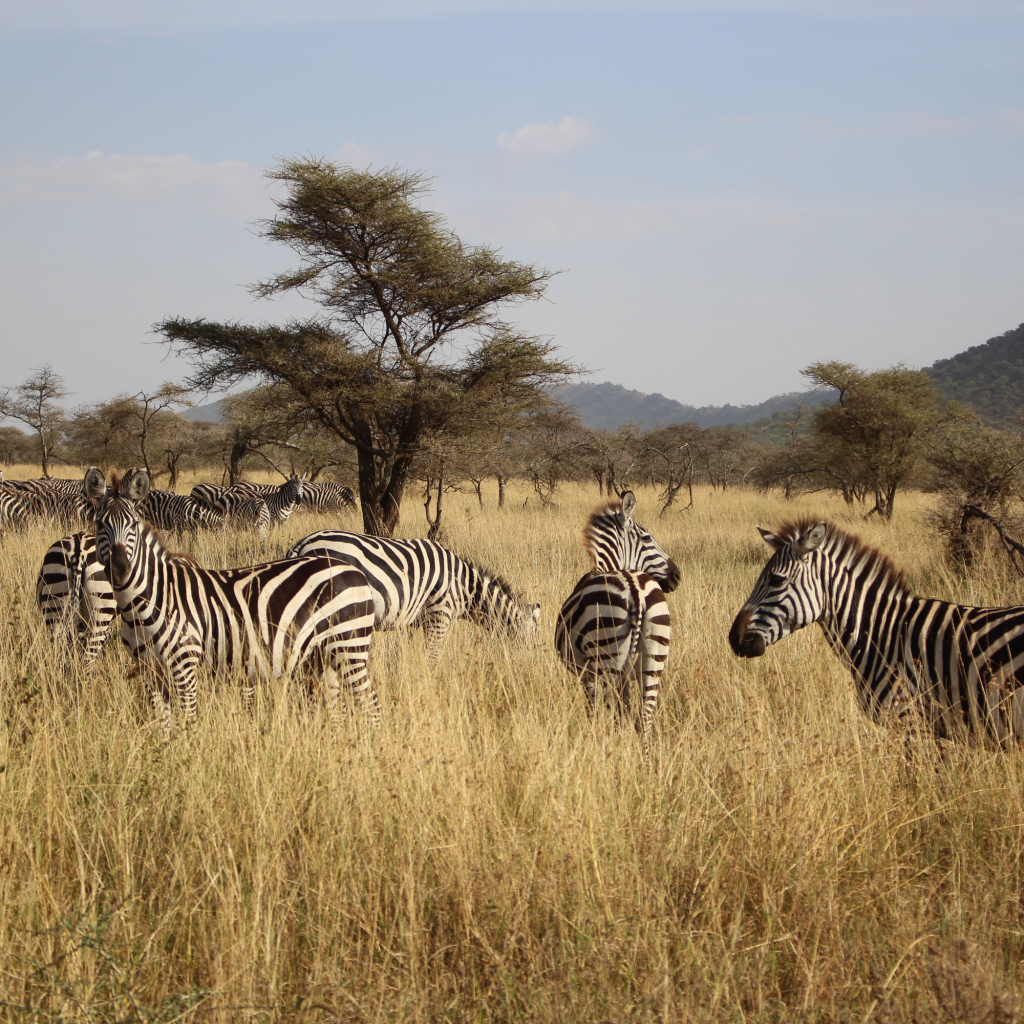 We later moved to the Mara North Conservancy, a private reserve next to the Masai Mara National Park, and saw hundreds of hippos in the river. There still weren’t any rhinos, but that was ok. We had already seen them on previous safaris. However, if this was going to be one of your only trips to Africa for a safari, you want to make sure that you will see everything that is important to you.
We later moved to the Mara North Conservancy, a private reserve next to the Masai Mara National Park, and saw hundreds of hippos in the river. There still weren’t any rhinos, but that was ok. We had already seen them on previous safaris. However, if this was going to be one of your only trips to Africa for a safari, you want to make sure that you will see everything that is important to you.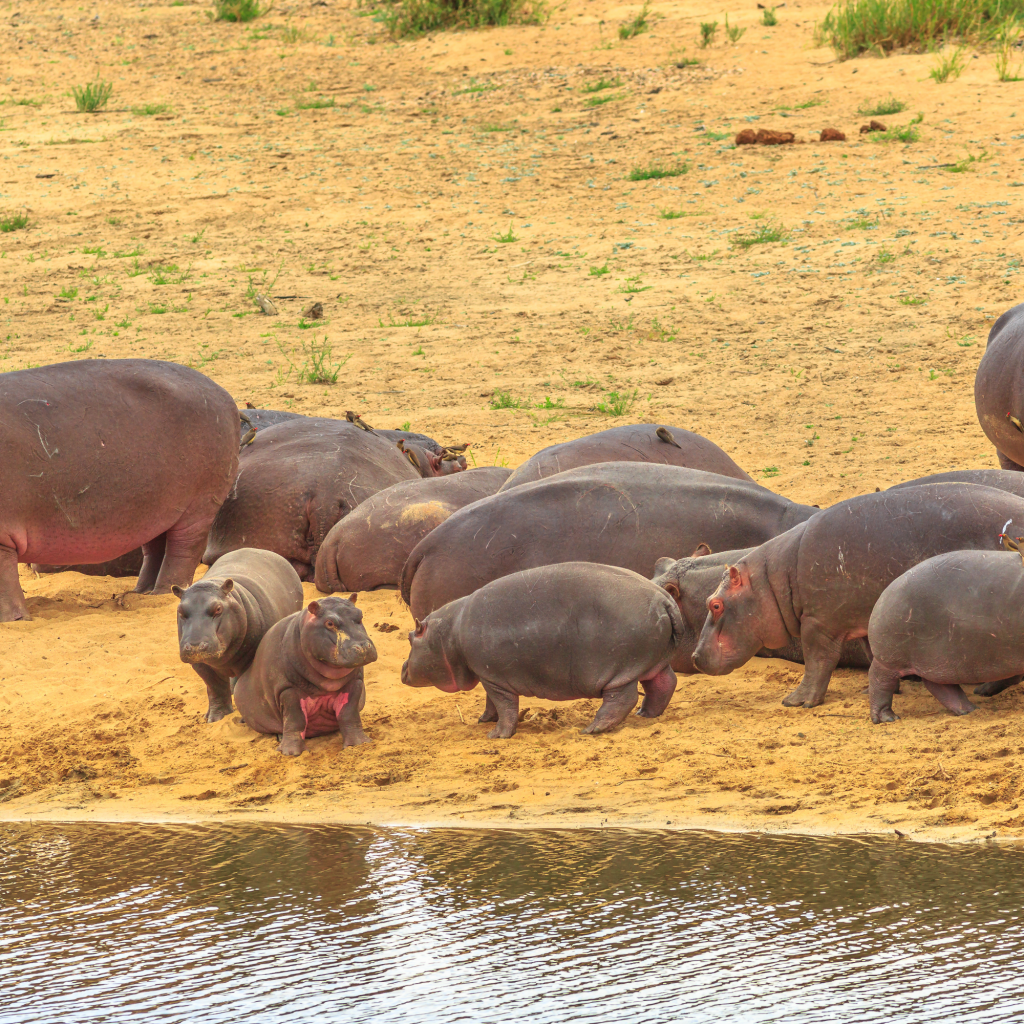
- Topography: It is important to understand the lay of the land, so to speak when you are African safari planning. Is the national park or reserve flat or hilly? Are there tall green grasses, bushes, and trees everywhere or is it the dry season with next to no grass? Is there a large and thriving river (it doesn’t dry up in the dry season) or only watering holes? These are all important considerations that will impact your animal viewing. We were in the Loisaba Conservancy in late March, the end of the dry season. It was very hilly, with lots of bush, and the rivers were dried up. Accordingly, it was tougher to spot animals and we were completely unable to view wildlife on the river. Mara North Conservancy was the opposite. It was flat, with some bush but mostly open plains, short grass, and a thriving river running through it. We had absolutely no problem spotting animals. In fact, sometimes we could spin 360 degrees and see probably hundreds of animals all around us. In addition, we spent time at the river and saw hundreds of hippos and some crocodiles.
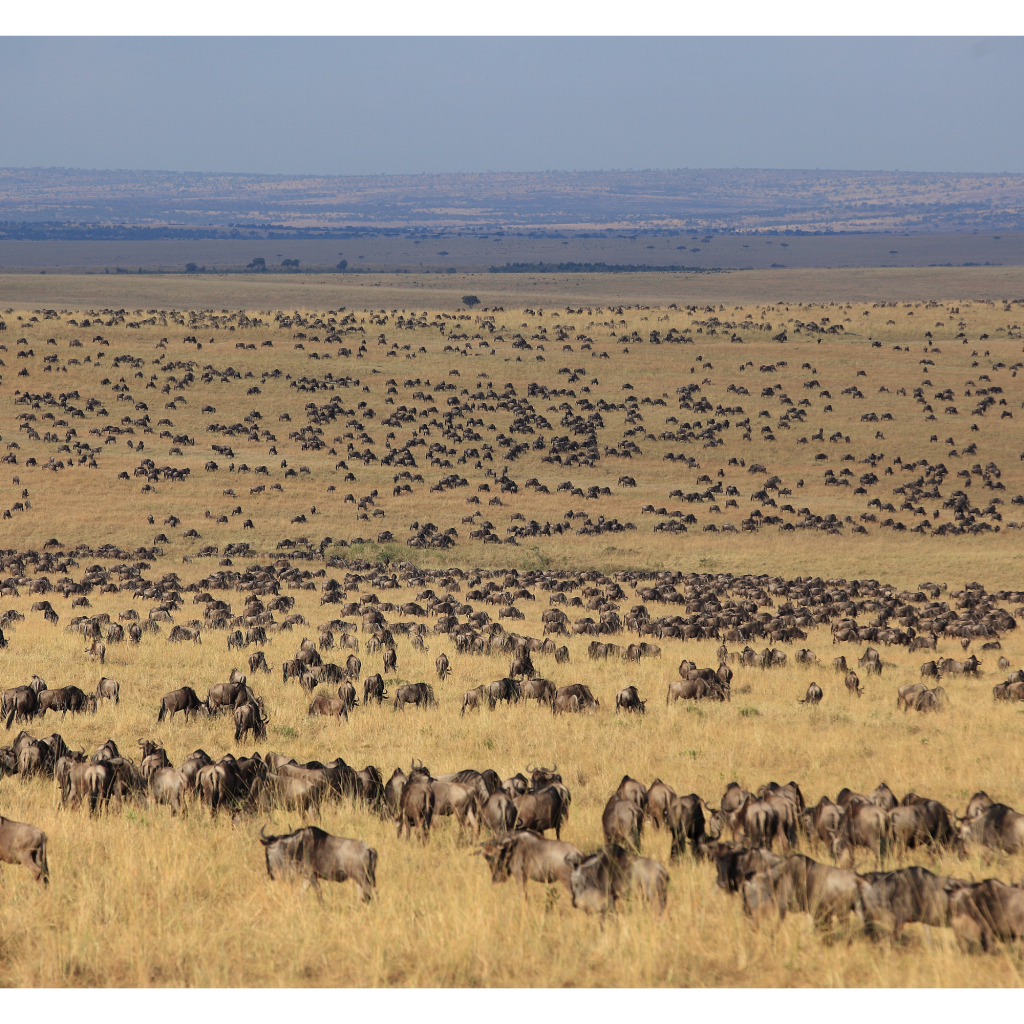 Which is better? I bet your first thought is “I would definitely go to the Mara North Conservancy over Loisaba”. However, I wouldn’t. For sure the animal viewing was easy – almost effortless. If you had limited time or budget, then going to someplace like this would be ideal to see as much as you could as quickly as possible. But for me, there is more to it. As discussed earlier, Loisaba offered many activities that were truly unique and exhilarating to experience. I like that it took a bit more effort to find and spot animals. It felt a little more authentic. In addition, I enjoyed not being able to see everything at once. We would drive up a hill and I would wonder what animals might be waiting for us at the top, or in the bushes. When we found them, it seemed extra thrilling.
Which is better? I bet your first thought is “I would definitely go to the Mara North Conservancy over Loisaba”. However, I wouldn’t. For sure the animal viewing was easy – almost effortless. If you had limited time or budget, then going to someplace like this would be ideal to see as much as you could as quickly as possible. But for me, there is more to it. As discussed earlier, Loisaba offered many activities that were truly unique and exhilarating to experience. I like that it took a bit more effort to find and spot animals. It felt a little more authentic. In addition, I enjoyed not being able to see everything at once. We would drive up a hill and I would wonder what animals might be waiting for us at the top, or in the bushes. When we found them, it seemed extra thrilling. - Cost: The amount that you should expect, want, or have to spend for an African safari is a very important and large topic. For that reason, I have written a separate article that only focuses on cost. It is called Six Simple Steps To Create Your Own Affordable African Safari. If you are interested in how and when to save money on your African safari, then this article is for you!
- ConclusionAt the start, African safari planning may seem intimidating. However, once you understand the key factors in making it a success, it becomes something very manageable. For most of us, Africa and the countries in Africa that offer safaris are a very long way from home. They are expensive to get to and many safaris are costly to take. Accordingly, it is worth your while to understand what is going to be a good safari versus the “perfect” safari for you. Whether you plan to do your African safari planning on your own or to hire a travel agent, only you know exactly what would make this a trip of a lifetime.
Check out our Safari Tours here – https://bit.ly/3hZ1Eyn


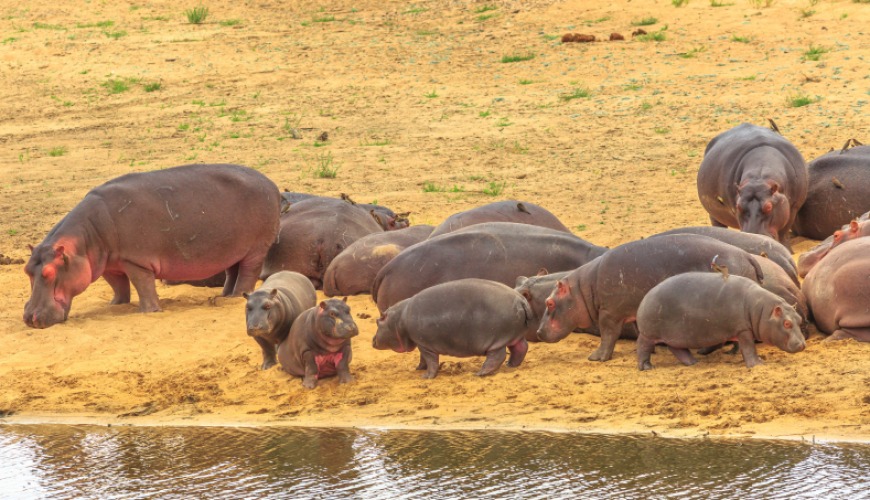

Comment (0)